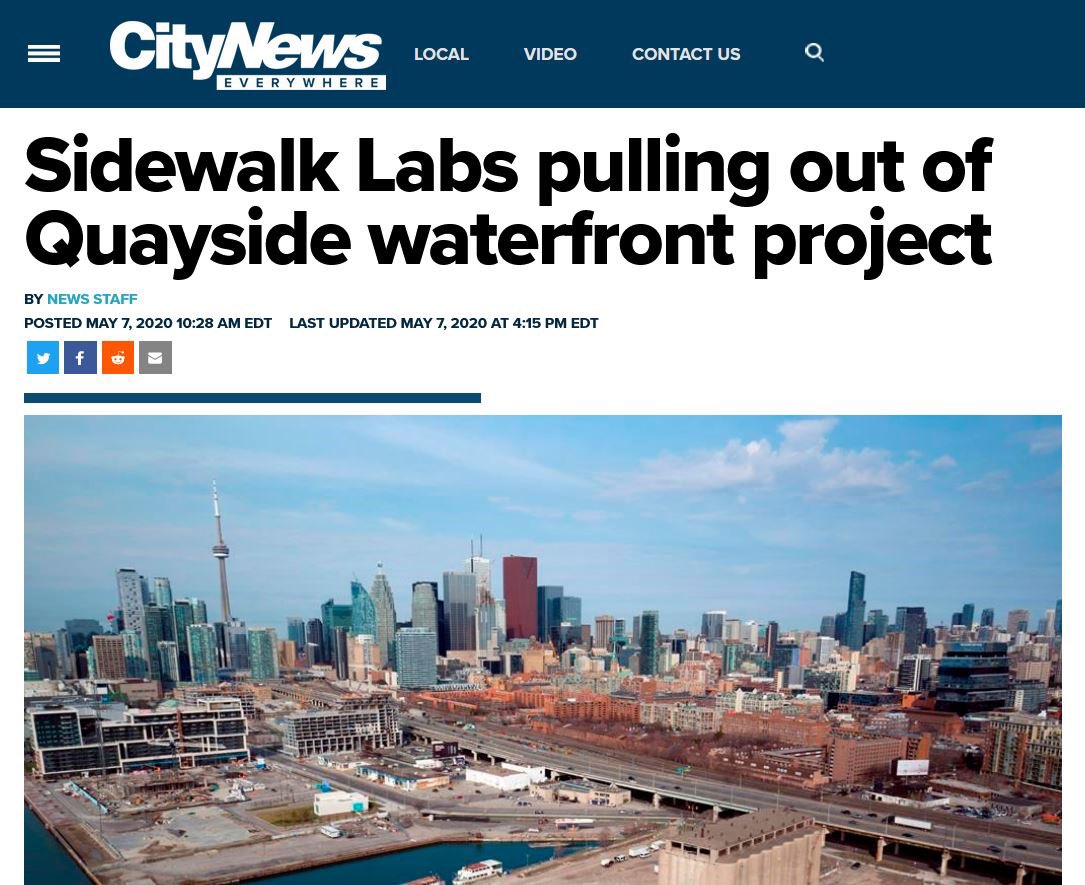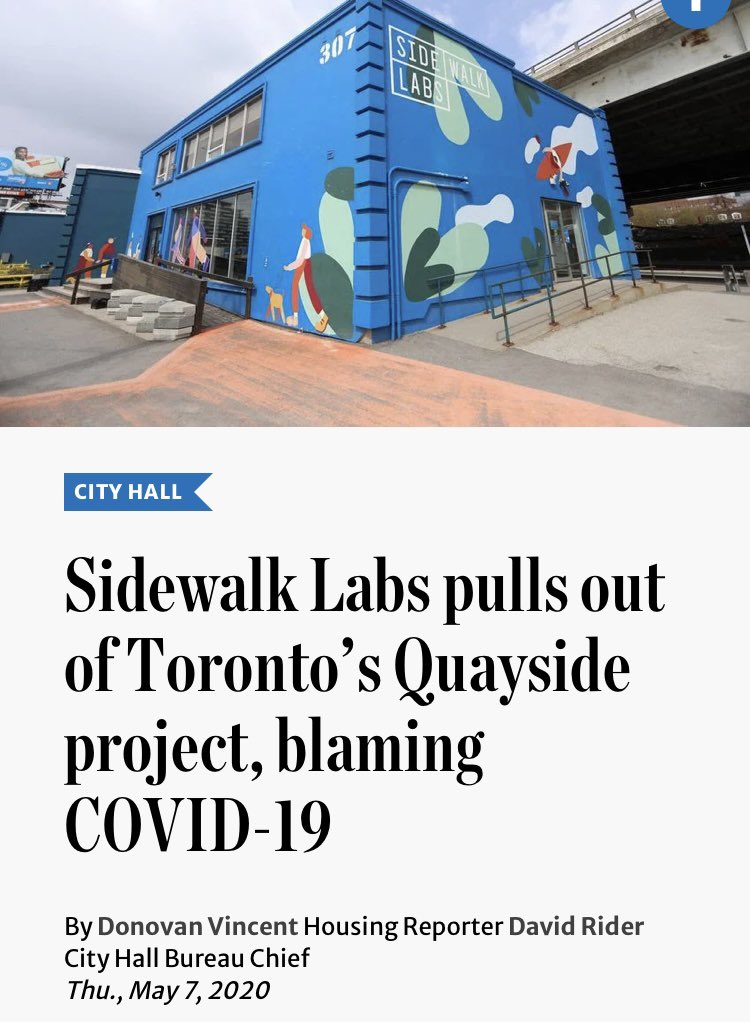
Dear @OntarioPlanners,
You may want to reacquaint yourself with the Statement of Values and Code of Practice that you require planners to study as part of earning accreditation.
You may want to reacquaint yourself with the Statement of Values and Code of Practice that you require planners to study as part of earning accreditation.
https://twitter.com/ontarioplanners/status/1458555296423497729
Statement of Values:
To respect and integrate the needs of future generations.
Members recognize that their work has cumulative and long-term implications. When addressing short-term needs, members acknowledge the future needs of people, other species and their environments...
To respect and integrate the needs of future generations.
Members recognize that their work has cumulative and long-term implications. When addressing short-term needs, members acknowledge the future needs of people, other species and their environments...
https://twitter.com/OntarioPlanners/status/1458555296423497729
Professional Code of Practice:
1.0 The Planner's Responsibility to the Public Interest
Members have a primary responsibility to define and serve the interests of the public. This requires the use of theories and techniques of planning that inform and structure debate...
1.0 The Planner's Responsibility to the Public Interest
Members have a primary responsibility to define and serve the interests of the public. This requires the use of theories and techniques of planning that inform and structure debate...
https://twitter.com/ontarioplanners/status/1458555296423497729
In sum: please don’t use my dues to pay for your uncritical plan-washing of a deeply problematic, contentious, and political project. And please don’t use the voice of the professional body to regurgitate government promotional copy. 

• • •
Missing some Tweet in this thread? You can try to
force a refresh





















